What life was like as a Jew in post-Second World War Australia
As his book nears its release date in July, Robert Hillman explores the tensions in Australia as more and more Jewish people fled there during and after the Second World War
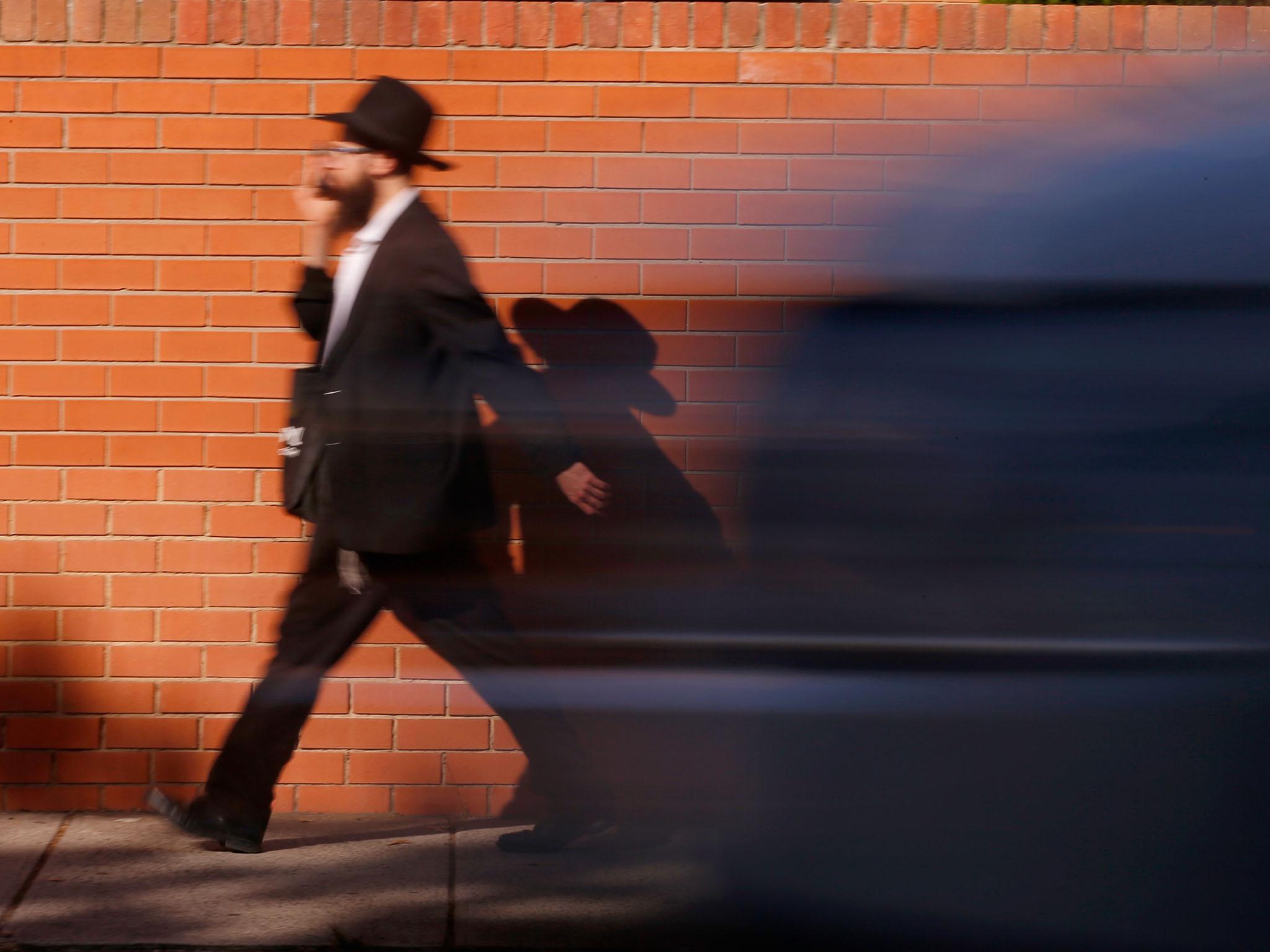
Australia has no serious record of antisemitism. Over the past few decades, small groups of what Australians refer to as “ratbags” (usually young men of impaired intellect and an appetite for offence) have written anti-Jewish slogans on the walls of Jewish schools. Maybe even a swastika. Before that, next to nothing.
Every now and again, in conversation, one hears examples of the “gentlemanly” antisemitism that TS Eliot and his pals exercised, referring to Jews as “Hebrews” or “the chosen people”. But in every important way, Australia could be considered a haven for Jews, and has been for most of its white history, with a few periods of exception.
It is not as though Australians since colonial times had adopted a humanitarian attitude to the oppressed and persecuted Indigenous Australians, who were murdered in significant numbers following white settlement in 1788, dispossessed of their traditional lands, not counted in any census until 1967.
It is an irony that can be expressed early on that even as Jews were seeking a haven in Australia, a genocide was being attempted here; not one that left bodies in heaps, but a genocide of gradual decline, an invisible decline of vanishing tribes.
The first eight Jews to set foot on the Australian continent were what English magistrates regarded as serious criminals, and were transported to the colony of New South Wales with the first fleet in 1788.
Their crimes may have been nothing more than stealing a string of kosher sausages, but that was enough to get you hanged at Tyburn or Newgate. Transportation was the lenient alternative. Those Jewish convicts may have been the first Jews to observe Shabbat on the Australian continent.
More Jewish convicts arrived in later fleets, together with Jewish free settlers, and by 1840, when transportation to Australia ended, enough Jews lived in Australia, largely in Sydney, for a synagogue to be established in York Street. The gold rush of 1852 attracted many more Jews, as well as tens of thousands of non-Jewish Britons.
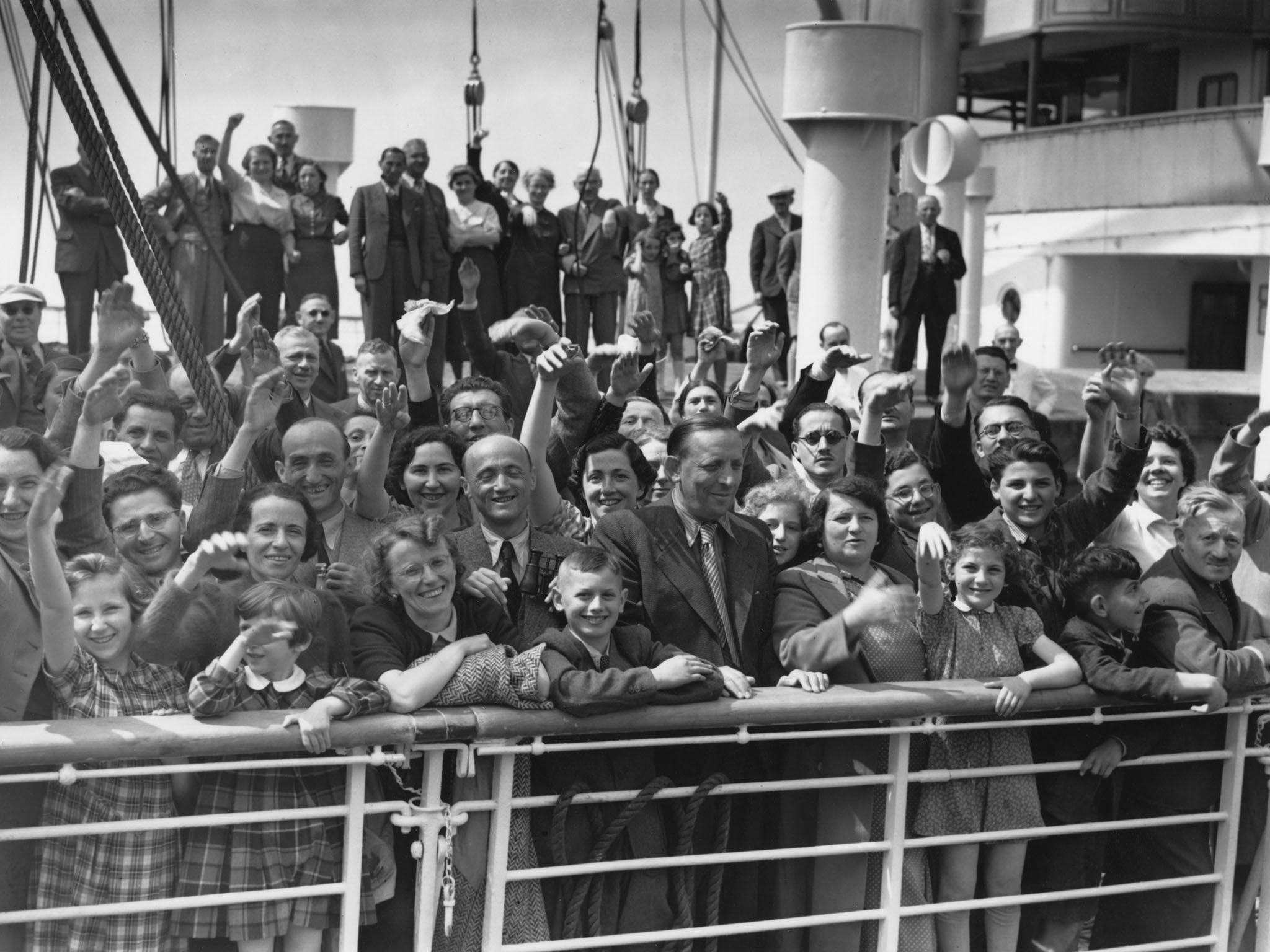
Altogether, hundreds of thousands of optimists, Jewish and non-Jewish alike from almost every country in Europe, over a 10-year period.
Jews emigrated to Australia in modest numbers from most European states between 1890 and 1939, most from Germany and Poland, where the incentive to get the hell out of Europe could not have been more urgent: to escape murder. After the death of Polish leader and statesman, Jozef Pilsudski in 1935, the most sympathetic friend the 3 million Jews of Poland had ever known, Polish antisemitism, never far below the surface, re-emerged in all its virulence. Migration of Polish Jews to the recognised havens of the United States, Canada and Britain increased from a trickle to a stream.
In Australia in 1939, the number of Jews had grown to 18,000. Many more arrived during the Nazi era, some on humanitarian visas, encountering opposition from groups who endorsed the White Australia Policy (the entire Australian Labor Party, for example, far more racist that the second major Australian political party, the United Australia Party, later the Liberals).
The ALP did not count Jews as white, but the fact that they were made it difficult for the ALP to escape the charge of antisemitism.
The ideal immigrant, so far as the ALP was concerned, was an unblemished white Englishman with experience as a fitter-and-turner, or gas-fitter, blue collar, Anglican. When the prime minister in 1940, Robert Menzies, under pressure from the British, agreed to accept a boat load of largely Jewish detainees from Britain, the ALP complained bitterly.
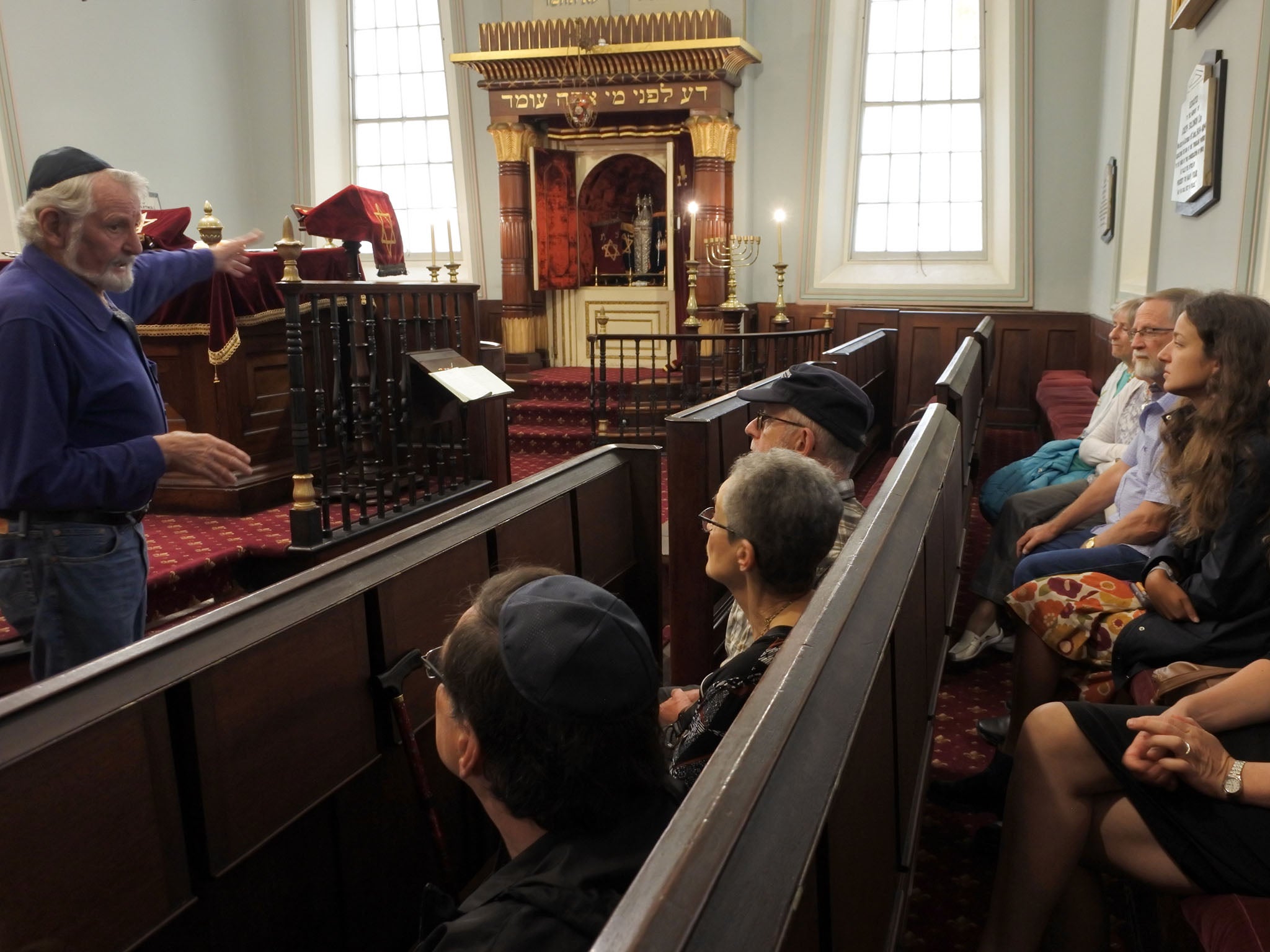
The steamship was the Dunera, and its complement of 2,100 Jews included a number of freakishly gifted writers, musicians, philosophers, and an athletics coach of genius, Franz Stampfl. All of the passengers, Jews and non-Jews alike, were treated brutally on board the ramshackle Dunera, which had been bobbing about the seas for ages.
Once in Australia, the Jews were held in a camp in Hay, New South Wales, and almost all were assessed as genuine, anti-Nazi refugees. Some returned to Britain, but many remained in Australia and became citizens. They prospered.
Despite the protests of far-right Australian political groups, Jewish refugees continued to make it to Australia in lesser or greater numbers all through the war years. Between 1939 and 1945, 8,200 Jews migrated to Australia, bringing the total Jewish population to almost 27,000. Most benefited from having relatives already living in the country.
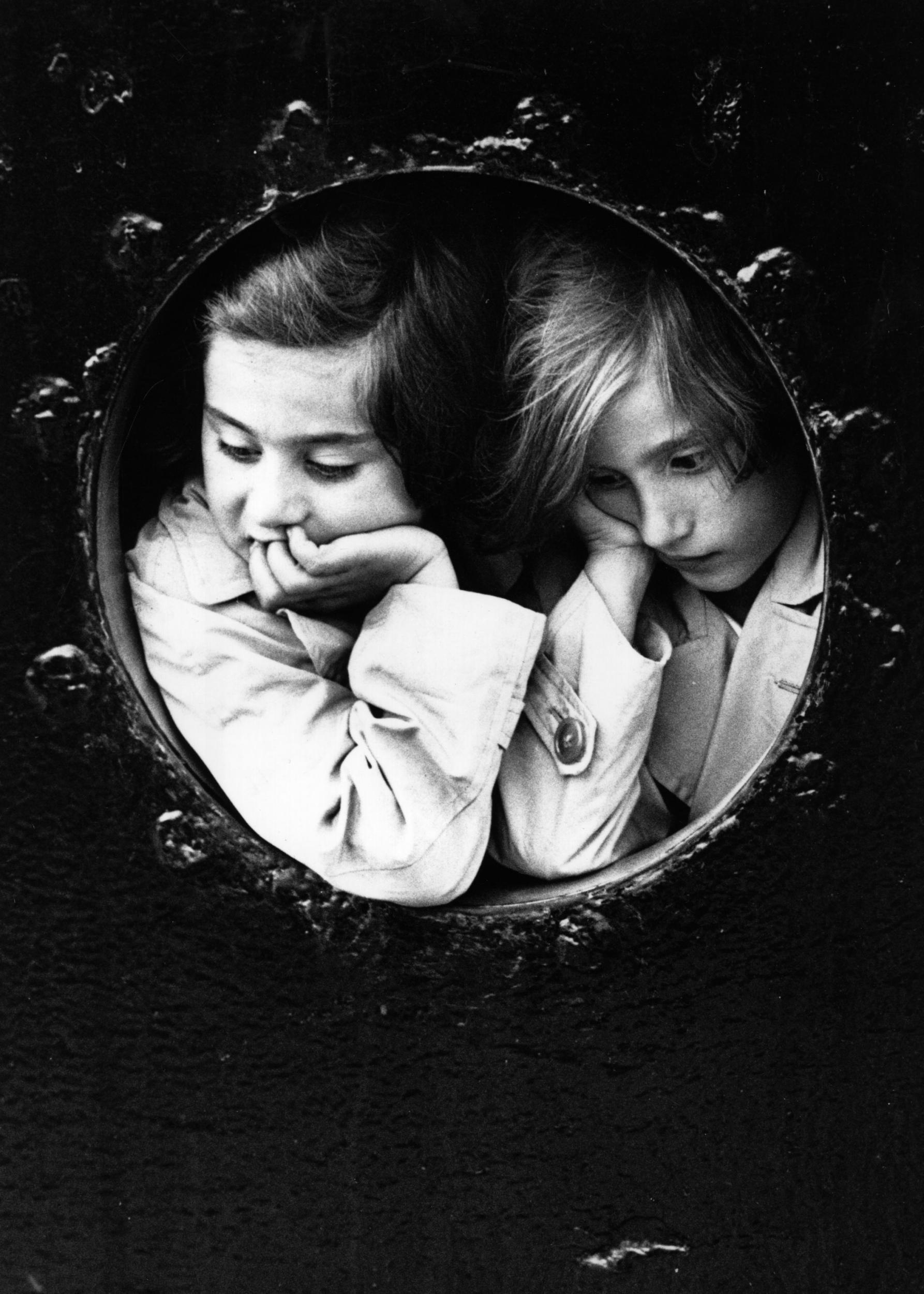
The Jewish population of Europe in 1939 was over 9 million. In 1945, approximately 2,780,000 were still alive. Considering the formidable efficiency of the Nazi programme of extermination, it’s surprising that just under 3 million Jews remained uncaptured. The methods of survival were numerous – some found sanctuary in foreign embassies; some escaped to countries such as Denmark, in which the SS enjoyed little cooperation from the authorities, or to Sweden, which was similarly unsympathetic to the Nazis.
Many simply hid in their native towns and cities. I have published two biographies of European women who survived the holocaust. The first of the two relates the life of Vera Wasowski, a child of seven when first the Russians then the Germans marched into her home city of Lvov, then part of Poland.
The Russians – not such a problem, unless you were a Polish army officer. The Germans, however, arrived with meticulous list of those Poles, mostly Jews, they intended to murder, arranged in order of priority. They went to work immediately, commencing with intellectuals.
They then created a ghetto and took Jews each week to various sites of execution, including children. Vera escaped these so-called “actions” by living a feral life on the streets, learning every nook and cranny, living on insects, rats and refuse she clawed from gutters. Her father and mother were little help. She and each member of her family wore small bags of poison around their necks, dangling down to the chest, provided by Vera’s father. If Vera was captured by the Germans (not likely, her savvy was extraordinary) she was supposed to swallow the poison, which was probably arsenic.
In 1957 and 1958, there was a new outbreak of antisemitism in Poland. Jews were being beaten in the streets, murdered, mutilated
She lived to see the Germans in retreat from the Russians. Her mother, nothing if not practical, took up with a Soviet general, a hearty fellow who supplied the family with food. But her father was forced to listen to his wife having sex with the general from behind a thin partition. When he could stand it no longer, he pleaded with his daughter to help him take his life. Her task was to bring him glasses of water, to help him swallow the poison. And she did. After the war, she and her mother moved to Warsaw, where they lived with surviving relatives.
Vera went to a secondary school set up by the Soviets, who had gobbled up Poland, then to university where she studied journalism. She and other intellectuals, including Roman Polanski met in pubs to jeer and lampoon the Soviet-sponsored Polish regime. She married while at the University of Warsaw, and gave birth to a son.
In 1957 and 1958, there was a new outbreak of antisemitism in Poland. Jews were being beaten in the streets, murdered, mutilated. Not in large numbers, but the dread of a return of what she had endured in the past was enough to get Vera thinking of leaving Poland for good, and she and her husband chose Australia simply because it was as far from Poland as you could get. She settled in Melbourne, and with her excellent English found work at the Australian Broadcasting Corporation as a journalist.
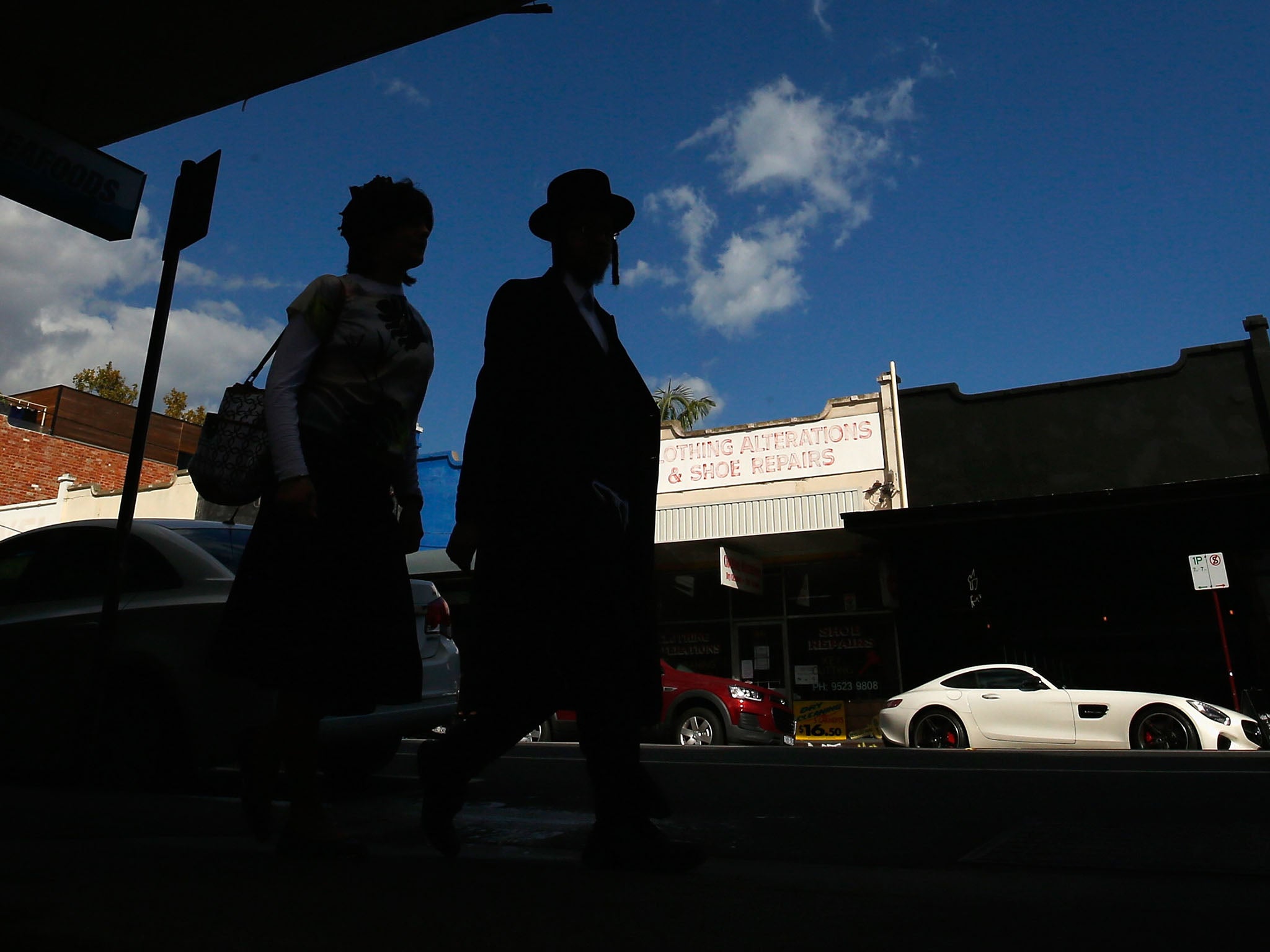
Those Jews who had survived the Holocaust wanted out, not unreasonably. Most left Europe for the US, Britain, Canada and Palestine (and after 1948, Israel) as soon as they could manage it. Australia was an attractive destination, too, but dear God, so far away. Vera was part of the trickle of European Jews to Australia from 1946 onwards, some 15,000 up until 1960. Those who came settled in Sydney and increasingly in Melbourne, where houses were less expensive. Some few chose Adelaide (nobody knows why) and a few opted for Brisbane (the weather).
The second of the two biographies, The May Beetles, was co-written with the subject, Baba Schwartz. Baba was a Hungarian Jew and together with most other Hungarian Jews, was not rounded up by the SS until 1944. The Hungarians had been tardy about taking Jews into captivity, and by 1944, the Germans had had enough and sent the SS into Budapest. The Germans knew that they were losing the war against the allies, but they were winning the war against the Jews, and hoped to achieve total victory before the allies marched into Berlin.
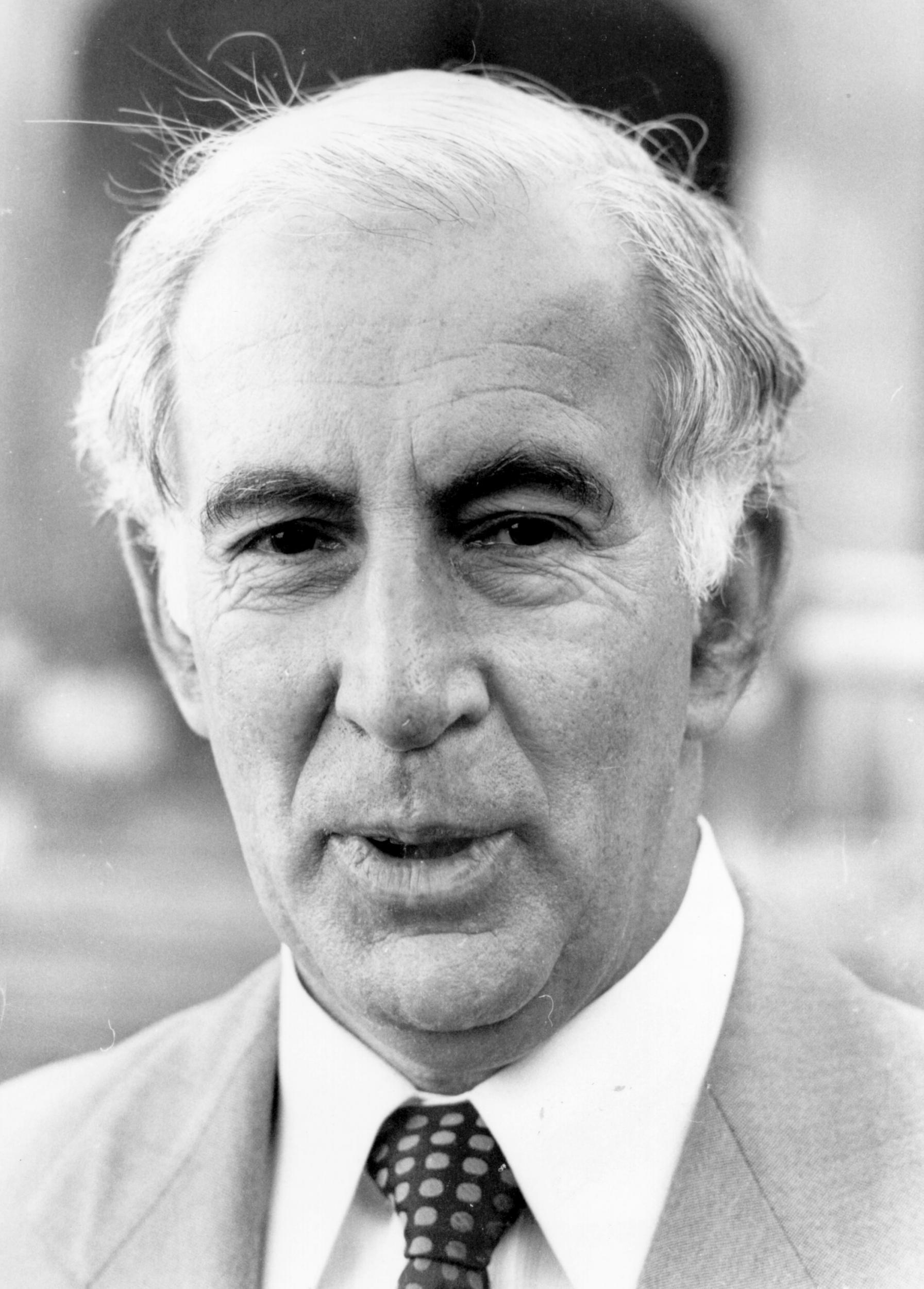
Baba, her father and mother and two sisters were caught in the SS round-up and transported to Auschwitz. Baba’s father was sent immediately to the gas chamber, but Baba, her mother and two sisters lived to be marched out of the gates of Auschwitz in the early winter of 1945 on a hellish trek west through ice and snow to Germany. Baba and her family escaped from the Germans along the route, and made it all the way back to Budapest, which had been liberated from the Nazis by the Soviets.
Baba married, moved to Israel, to a kibbutz. But there is only a limited satisfaction to be gained by digging ditches in rocky ground, and Baba and her husband migrated to Australia and eventually thrived.
Features of Baba and Vera were employed in the character of Hannah Babel – who also survived Auschwitz – in my novel, The Bookshop of the Broken Hearted. Hannah’s five-year old son is snatched from her and when she enquires frantically where he is, she is told, “Up the chimney.” Years later, Hannah is recruited by the Victorian Department of Education to teach music in government schools – she is a masterful pianist, and only too happy to get out of Hungary, where antisemitism is strengthening.
Recruiting music teachers in this way was a common practice at the time. Not all were Jewish, but a fair number were, from Hungary and Poland. Those so recruited had to agree to work in remote secondary schools for two years. Moved from place to place to place, Hannah abandons teaching in Hometown to devote herself to the spiritual project of building a beautiful bookshop. Her mission is to sell 25,000 books, the number of books burnt by the German students in Berlin’s Opernplatz in 1933. She falls in love in Hometown, marries, and with her husband, who has also lost a son, builds the bookshop. Hannah’s bookshop and her mission are intended to suggest the art and determination that Jewish migrants brought to Australia, after the war in particular.
The Haaretz website puts the number of Jews in Australia at approximately 120,000. The greatest concentration is in Sydney but Melbourne is not far behind. At 120,000, Jews barely make up 0.4 per cent of the total Australian population. But their influence in art and commerce and education is out of all proportion to their numbers, such that it might be a worthwhile policy to pay Jews to come here.
Australia has appointed two Jewish governors-general, Isaac Issacs and Zelman Cowen, and has given the name of Monash to a major university, named for the country’s greatest soldier of the First World War, General Sir John Monash. As I said at the start of this article, this is not a country with any sort of violent record of antisemitism. And the figures of mass murder and photographs of skeletal Jews staring through the wire of the death camps are now so widely known that sympathy for the Jewish ordeal is, as one hopes, permanent.
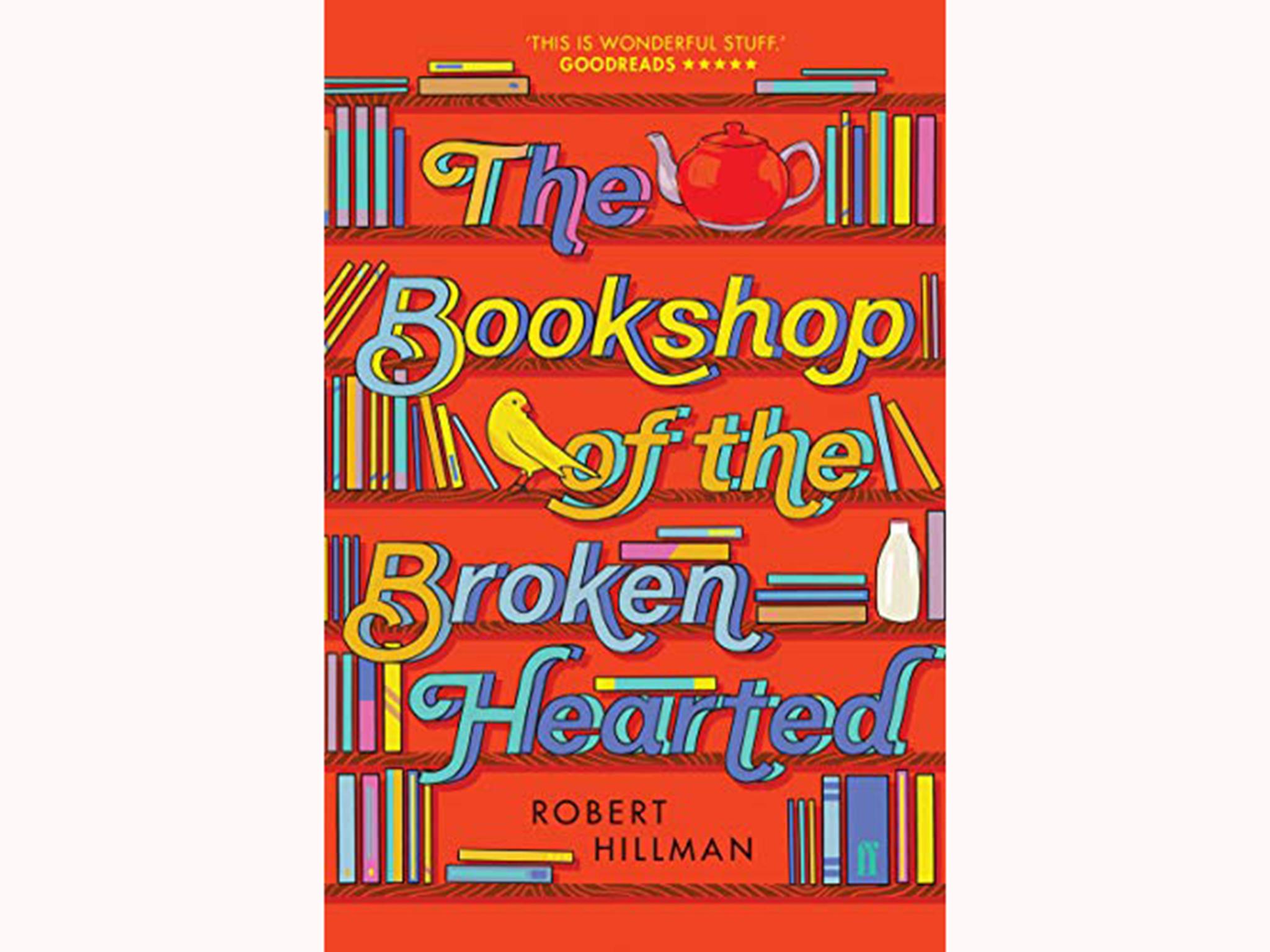
I have a Jewish son, who, in his 22 years, has never encountered any antisemitism in Australia. I wanted to show him how a Jew who survived Auschwitz might have fared in an Australian country town. Hannah is the only Jew in Hometown, and there is only one antisemite, whom Hannah taunts by claiming that she keeps a black rooster she has taught to speak Hebrew. Essentially, I wrote The Bookshop of the Broken Hearted to please Ruben. And it did.
The Bookshop of the Broken Hearted (Faber) will be published in paperback on 11 July
Join our commenting forum
Join thought-provoking conversations, follow other Independent readers and see their replies
Comments